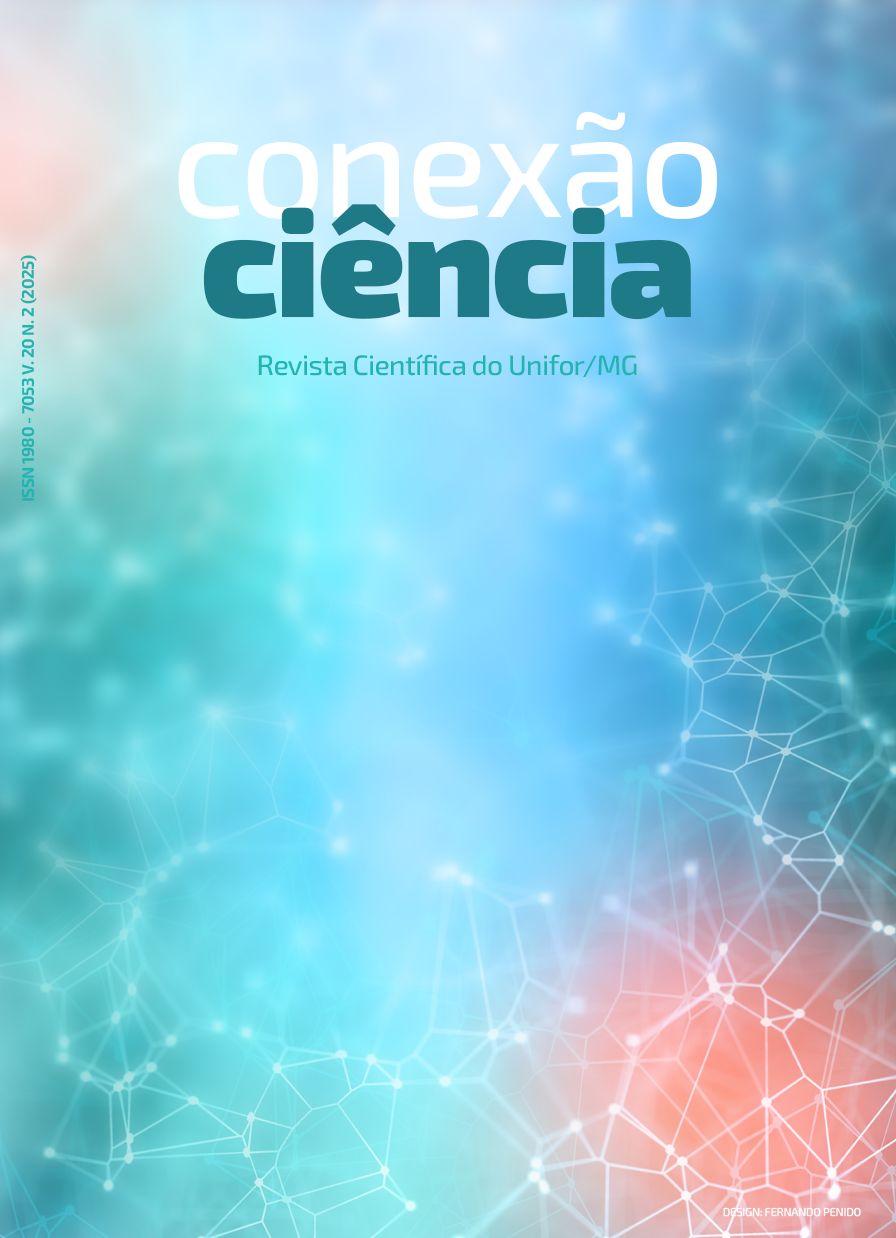Uso off-label de medicamentos no brasil: revisão integrativa da literatura
DOI:
https://doi.org/10.24862/cco.v20i2.1891Abstract
Introduction: The off-label application of drugs is represented by the use of drugs for an indication, population subgroup or in a dosage/route of administration not approved by the competent regulatory entity. Objective: This study aimed to evaluate the off-label use of drugs in Brazil in the scientific literature. Methodology: The research consisted of an integrative literature review, carried out in March 2023, based on PubMed, Scientific Electronic Library Online (SciElo) and Science Direct journals, for the selection of relevant studies, using the following descriptors in the search, as follows: off-label use of medication in brazil and off-label prescription in brazil. Results: Initially, 58 articles were identified, and after applying the inclusion criteria, taking into account original articles from primary studies, without temporal cut, available in full, published in the databases and that contained in the title or abstract “Use off-label of medicines in the Brazil or off-label prescription in Brazil", followed by exclusion criteria such as narrative literature review studies/traditional, systematic and integrative review, duplicate articles and articles that do not respond to the objective, in parallel, with the reading of these in full, were selected 14 articles. Conclusion: Finally, the off-label use of medications is currently a widespread practice in the various treatments for existing comorbidities, whether at primary care, ICU or NICU levels, and should take into account the risk and benefit to the patient for its application.
Downloads
Downloads
Published
How to Cite
Issue
Section
License
Copyright (c) 2025 Conexão Ciência Online

This work is licensed under a Creative Commons Attribution 4.0 International License.



